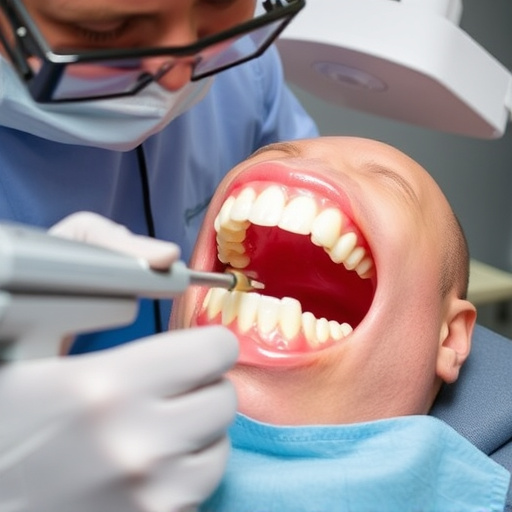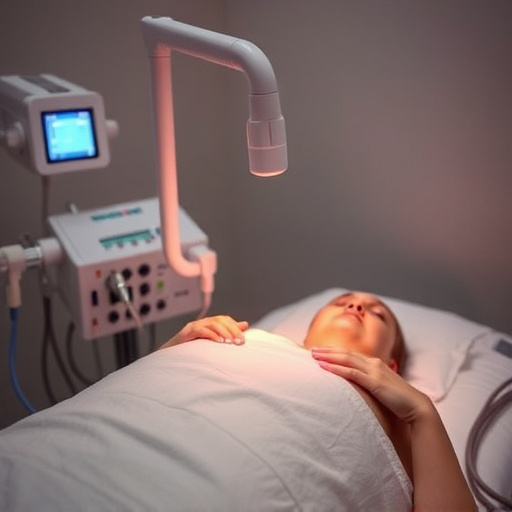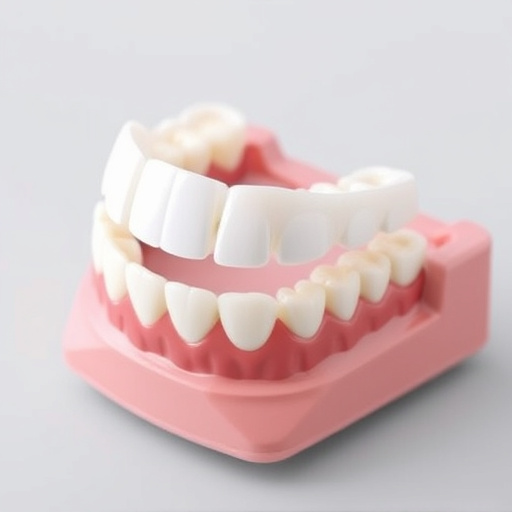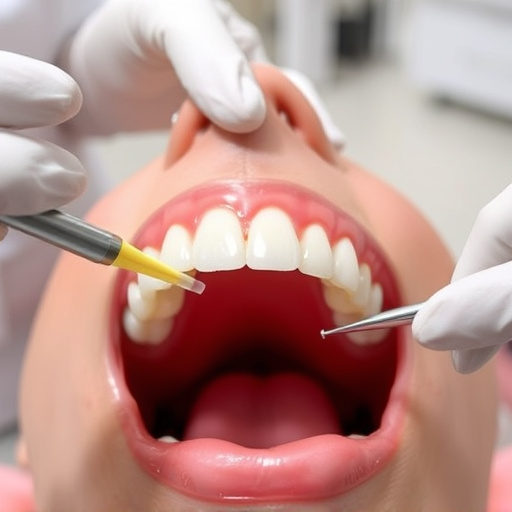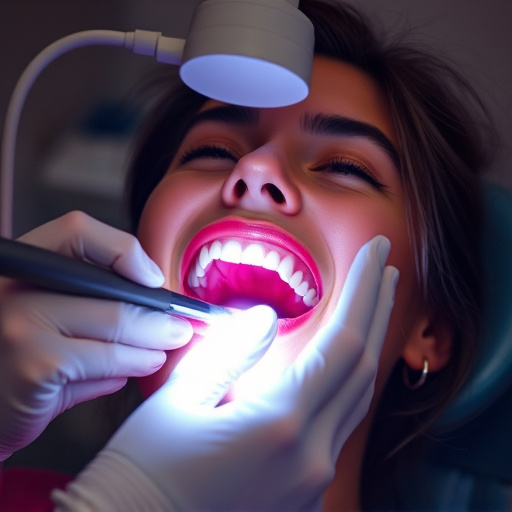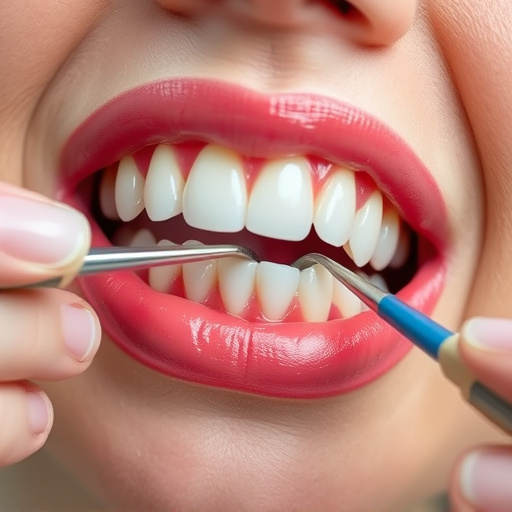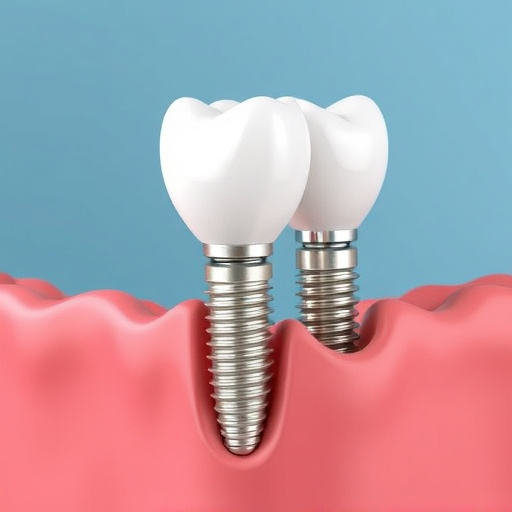Wisdom teeth (third molars) can cause pain, infection, or damage to neighboring teeth if they erupt improperly, leading to their common removal among young adults as recommended by family dentistry professionals. Sedation dentistry techniques like IV sedation or oral sedatives offer pain-free and anxiety-reducing experiences during the procedure, enhancing precision and minimizing discomfort compared to stronger painkillers. After surgery, adhering to post-surgery care instructions, including rest, cold compresses, hydration, soft foods, and good oral hygiene, is crucial for a swift recovery. Dental implants or crowns may be recommended to replace extracted wisdom teeth.
“Considering wisdom teeth removal? You’re not alone. Many people face this decision due to impaction or overcrowding. This article guides you through the process, highlighting the benefits of sedation for a pain-free experience and minimal discomfort. We’ll delve into why removal might be necessary, explore various sedation options, and provide essential post-surgery care tips for a smooth recovery. Whether you’re curious about symptoms or concerned about pain, this comprehensive guide offers valuable insights into wisdom teeth removal.”
- Understanding Wisdom Teeth Removal: Why and When It's Necessary
- The Benefits of Sedation for a Pain-Free Experience
- Minimizing Discomfort: Post-Surgery Care and Recovery Tips
Understanding Wisdom Teeth Removal: Why and When It's Necessary
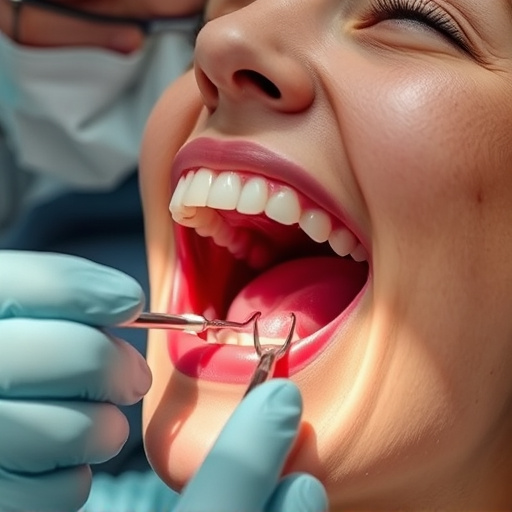
Wisdom teeth, also known as third molars, are the last set of teeth to emerge, often appearing in late teens or early twenties. However, not everyone’s wisdom teeth grow in properly. In many cases, they become impacted, meaning they are blocked from fully erupting and can cause pain, infection, or damage to nearby teeth. This is when wisdom teeth removal becomes necessary.
Wisdom teeth removal is a common dental procedure, especially for young adults. It is often recommended by family dentistry professionals to prevent potential complications. Unlike the routine teeth cleaning or dental bonding procedures, wisdom teeth removal requires careful planning and execution due to their location in the back of the mouth. Proper timing is crucial; waiting too long can lead to increased difficulty and higher risk during surgery.
The Benefits of Sedation for a Pain-Free Experience
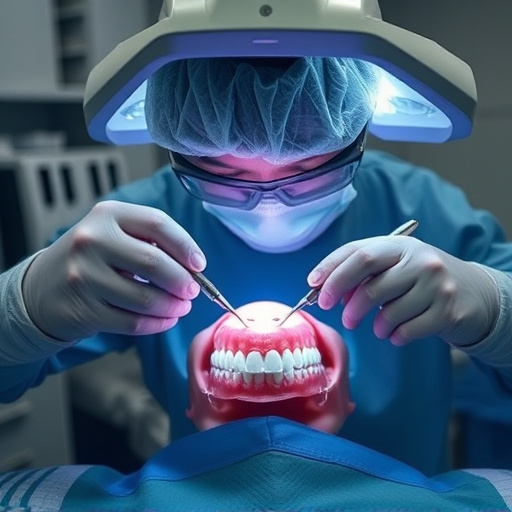
Wisdom teeth removal with sedation offers a host of benefits for patients seeking a pain-free experience. Sedation dentistry techniques, such as intravenous (IV) sedation or oral sedatives, can help to significantly reduce anxiety and discomfort associated with the procedure. This is especially beneficial for those who may feel nervous about dental procedures, ensuring they remain relaxed and comfortable throughout. By using these methods, patients can often avoid the need for stronger painkillers, which may have side effects.
Furthermore, sedation allows for a quicker and more efficient removal process. With a sedated patient, dentists can work with enhanced precision and speed, reducing the overall time in the chair. This is not only convenient but also means less chance of discomfort or irritation during the procedure. Compared to traditional wisdom teeth removal, sedation techniques offer a more comfortable and often faster alternative, making it an attractive option for many considering dental care options like dental fillings, dental bonding, or even dental implants in the future.
Minimizing Discomfort: Post-Surgery Care and Recovery Tips

After wisdom teeth removal, minimizing discomfort is key to a swift recovery. To achieve this, patients should adhere to post-surgery care instructions provided by their dentist or oral surgeon. This includes resting adequately, applying cold compresses to reduce swelling, and taking prescribed pain medications as directed. Staying hydrated and eating soft, cool foods like yogurt or ice cream can also help alleviate discomfort. It’s important to avoid using straws for drinking, as the suction can disrupt blood clots and lead to dry socket—a common complication that exacerbates pain.
During recovery, maintaining excellent oral hygiene is crucial. Gentle rinsing with salt water several times a day helps keep the extraction sites clean. Patients should also be mindful of their diet, avoiding spicy or hard foods that could irritate the surgical sites. Regular check-ins with the family dentistry team are essential to monitor healing and address any concerns promptly. In some cases, dental implants or crowns might be recommended to replace extracted wisdom teeth, ensuring both functional and aesthetic oral health.
Wisdom teeth removal with sedation offers a comfortable and pain-free alternative, making it an attractive option for those considering this procedure. By understanding the process, benefits of sedation, and essential post-surgery care tips, patients can navigate their journey with confidence. With minimal discomfort and swift recovery, wisdom teeth removal becomes a manageable step towards optimal oral health.





